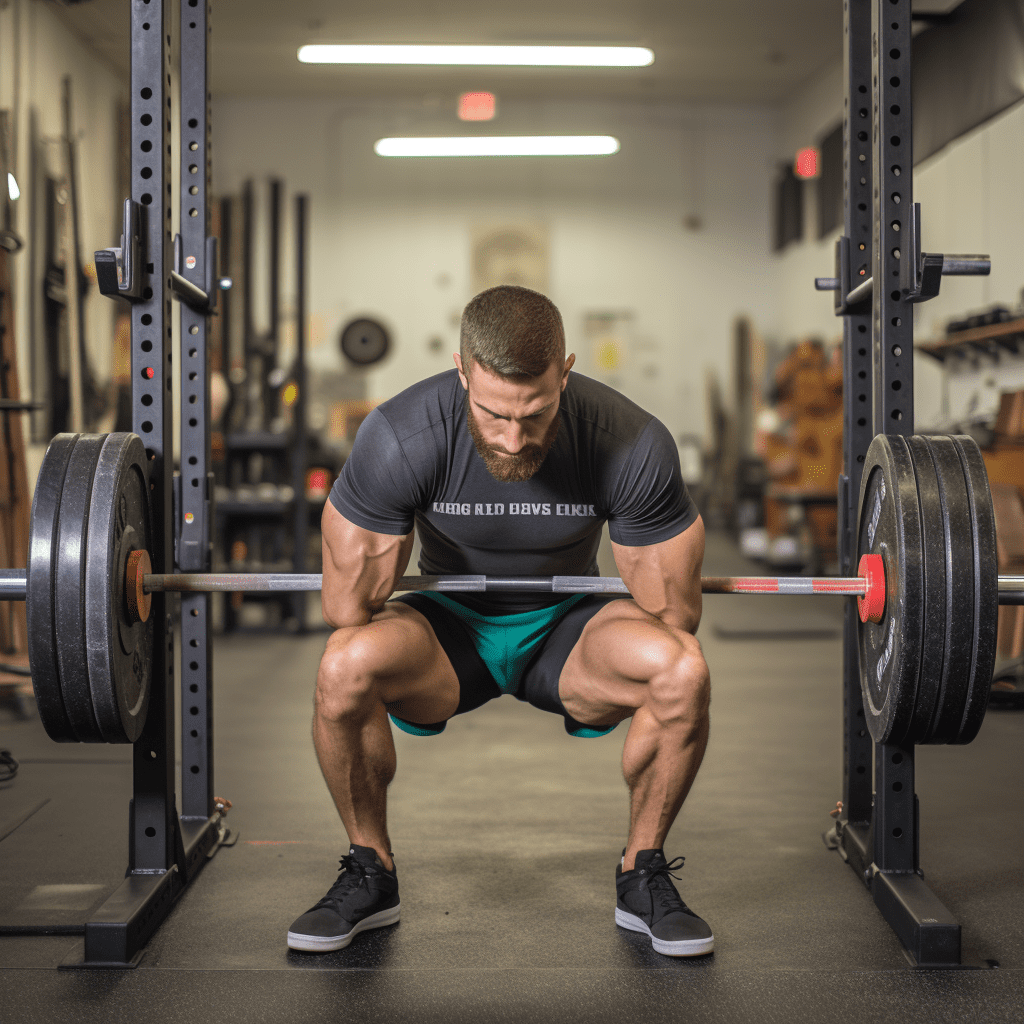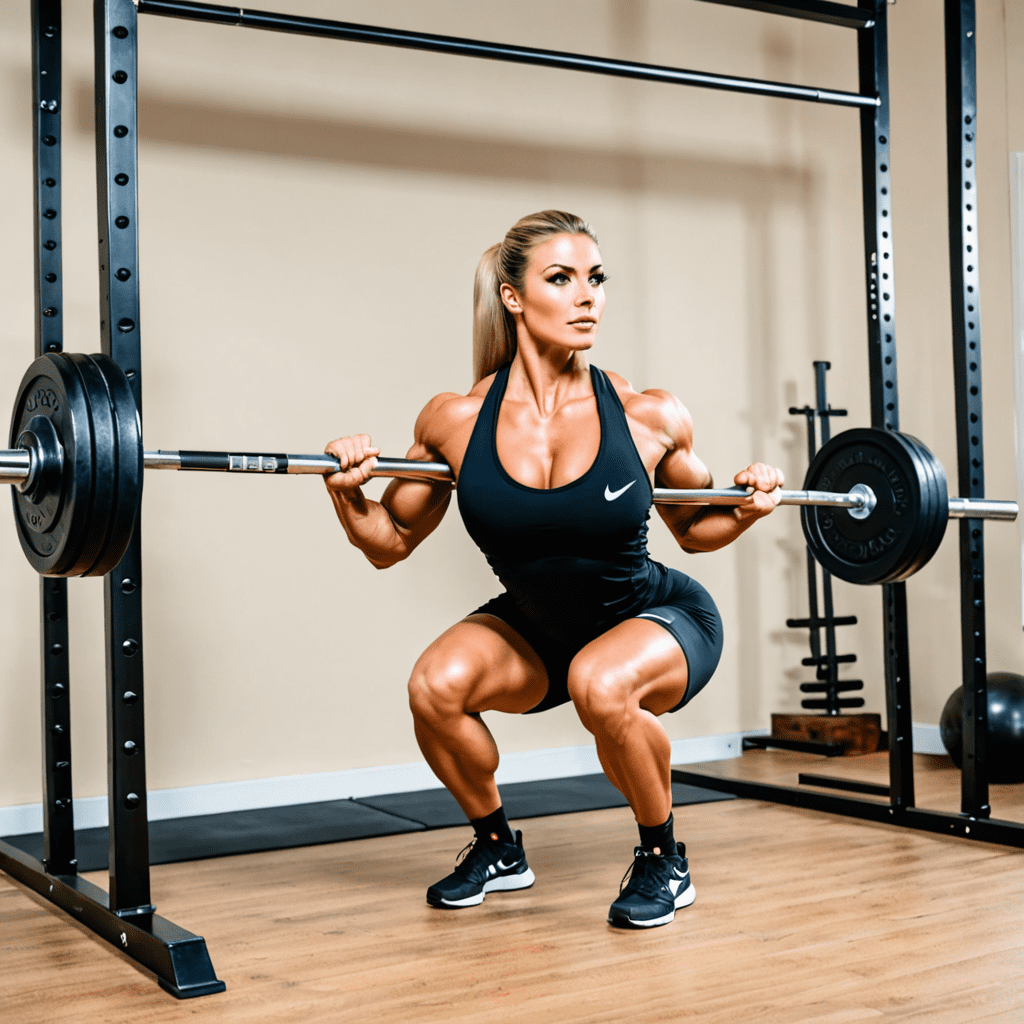
How Far Down Should You Squat?
Squatting is a popular exercise that targets multiple muscle groups, including the quadriceps, hamstrings, glutes, and core. It is important to perform squats with proper form to maximize results and prevent injury. One common question that arises when performing squats is, “how far down should you squat?” In this article, we will explore the optimal depth for squats and provide some guidelines to help you achieve the best results.
Understanding Squat Depth
Squat depth refers to how low you should go during the squat movement. The depth of your squat can vary depending on your fitness level, flexibility, and personal goals. While some individuals prefer to perform partial squats or stop at parallel, others believe that going deeper can provide added benefits.
Parallel Squat Depth
When squatting to parallel, your thighs are parallel to the ground or slightly below. This depth ensures that you are engaging the muscles effectively and maintaining proper form. Squatting to parallel is a good starting point for beginners or individuals with limited mobility or flexibility. It allows you to work on strength and stability while minimizing the risk of injury.
Full Squat Depth
A full squat, also known as an “ass-to-grass” squat, involves squatting down until your hamstrings touch or come close to touching your calves. This deeper squat requires greater mobility, flexibility, and strength. Some fitness experts argue that full squats provide additional benefits for muscle development, joint mobility, and overall athletic performance.
Individual Differences
It’s important to note that everyone’s squat depth may vary due to individual differences in mobility, flexibility, and personal goals. The optimal squat depth for you may not be the same for someone else. It’s essential to listen to your body and perform squats within a safe and comfortable range of motion.
Finding Your Optimal Squat Depth
To determine your optimal squat depth, start with a parallel squat and gradually increase your depth as you become more comfortable and flexible. It is crucial to maintain proper form throughout the movement, regardless of how deep you squat.
Here are some tips to help you find your optimal squat depth:
- Start with parallel squats: Begin with parallel squats to establish a solid foundation of strength and stability.
Work on mobility and flexibility: Incorporate exercises that target hip, ankle, and thoracic spine mobility to improve your squat depth over time.
Gradually increase depth: Progressively increase your squat depth by squatting a little deeper with each workout. Gradual progression will help you avoid injury and improve mobility.
Use caution with heavyweights: If you’re lifting heavyweights, ensure that you can maintain proper form throughout the entire range of motion. Sacrificing form for depth can increase your risk of injury.
Seek guidance from a professional: If you’re unsure about your squat depth or need additional assistance, consider working with a qualified fitness professional who can provide personalized guidance and feedback.
FAQ
Q: Is there a specific depth that is considered “correct” for squats?
A: The “correct” depth for squats varies depending on individual factors such as flexibility, mobility, and personal goals. Squatting to parallel is a good starting point, but some individuals may find deeper squats beneficial. It’s essential to listen to your body, maintain proper form, and work within a safe and comfortable range of motion.
Q: Can squatting below parallel be harmful?
A: Squatting below parallel is not inherently harmful, but it can put additional stress on the knees and lower back if performed with improper form or excessive weight. It is crucial to build strength, flexibility, and mobility gradually and seek guidance from a qualified fitness professional when needed.
Q: Are there any drawbacks to squatting deeper?
A: Squatting deeper can be beneficial for some individuals, but it may not be suitable for everyone. Deeper squats require greater mobility and flexibility, and individuals with certain physical limitations or injuries may find it challenging or uncomfortable. It’s important to listen to your body and make adjustments as necessary.
Q: Can squat depth affect muscle growth?
A: Squat depth can indeed affect muscle growth. Going deeper in your squats can engage a larger range of muscles, leading to increased muscle activation and potentially greater muscle growth. However, it’s important to prioritize proper form, progressive overload, and overall training volume for optimal muscle development.
Q: Should I prioritize depth or weight when squatting?
A: Both depth and weight are important factors in squatting. It’s important to maintain proper form and gradually increase squat depth while ensuring that you can handle the weight without compromising form. Prioritizing form and gradually progressing in both depth and weight will lead to better results and minimize the risk of injury.
Q: What if I can’t squat very deep due to mobility limitations?
A: If you have mobility limitations that prevent you from squatting very deep, it’s essential to work on improving mobility gradually. Focus on exercises that target mobility in the hips, ankles, and thoracic spine. Over time, you may be able to improve your squat depth with consistent practice and proper guidance.
Remember, the depth of your squat should be determined by your individual capabilities, goals, and comfort level. Always prioritize proper form and listen to your body to ensure a safe and effective squatting routine.


